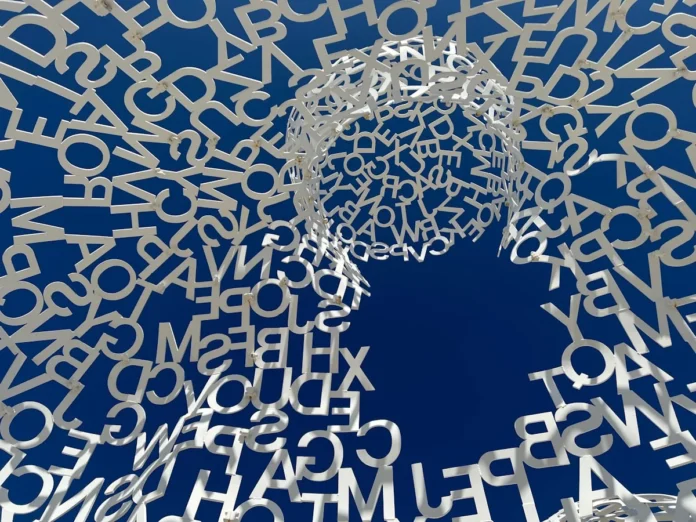“`html
Understanding Personality Disorders in the DSM-5
Personality disorders are complex mental health conditions that affect how individuals think, feel, and behave. The Diagnostic and Statistical Manual of Mental Disorders, Fifth Edition (DSM-5) is the authoritative guide used by mental health professionals to diagnose and classify these disorders. Understanding personality disorders is crucial for recognizing symptoms, seeking appropriate treatment, and fostering empathy for those affected.

What Is the DSM-5
The DSM-5, published by the American Psychiatric Association, is the standard reference for diagnosing mental health conditions. It provides clear criteria for identifying personality disorders, helping clinicians make accurate assessments. The manual categorizes these disorders into three clusters based on shared characteristics, making it easier to understand their distinct patterns of behavior and emotional regulation.
The Three Clusters of Personality Disorders
Personality disorders in the DSM-5 are grouped into three clusters—A, B, and C—each with unique traits and challenges. These classifications help professionals identify patterns and recommend targeted treatments.
Cluster A Odd or Eccentric Disorders
Cluster A includes disorders characterized by unusual or eccentric behaviors. Paranoid personality disorder involves deep distrust of others, while schizoid personality disorder leads to emotional detachment and limited social relationships. Schizotypal personality disorder is marked by odd beliefs, magical thinking, and social anxiety. These disorders often overlap with symptoms of schizophrenia but are distinct in their presentation.
Cluster B Dramatic, Emotional, or Erratic Disorders
Cluster B disorders are defined by intense emotions, impulsivity, and unstable relationships. Antisocial personality disorder is associated with disregard for others’ rights, while borderline personality disorder involves emotional instability, fear of abandonment, and self-harm tendencies. Histrionic personality disorder includes excessive attention-seeking, and narcissistic personality disorder is marked by grandiosity and lack of empathy. These conditions often lead to significant interpersonal conflicts.
Cluster C Anxious or Fearful Disorders
Cluster C disorders are rooted in anxiety and fear. Avoidant personality disorder involves extreme social inhibition and feelings of inadequacy. Dependent personality disorder leads to excessive reliance on others for decision-making. Obsessive-compulsive personality disorder is characterized by perfectionism and rigid control, differing from obsessive-compulsive disorder (OCD). These disorders often result in avoidance of social or occupational activities.
Diagnosing Personality Disorders
Diagnosing personality disorders requires a thorough evaluation by a mental health professional. The DSM-5 outlines specific criteria, including long-term patterns of behavior that deviate from cultural norms and cause distress or impairment. Clinicians assess emotional regulation, interpersonal functioning, and cognitive distortions to determine the appropriate diagnosis.
Treatment Options for Personality Disorders
While personality disorders are chronic, effective treatments can improve quality of life. Psychotherapy, such as dialectical behavior therapy (DBT) for borderline personality disorder, helps individuals develop coping strategies. Cognitive-behavioral therapy (CBT) addresses maladaptive thought patterns. In some cases, medication may be prescribed to manage co-occurring conditions like depression or anxiety. A personalized treatment plan is essential for long-term success.
The Importance of Early Intervention
Early diagnosis and intervention can significantly improve outcomes for individuals with personality disorders. Recognizing symptoms in adolescence or early adulthood allows for timely therapy, reducing the risk of severe emotional or social consequences. Family support and education also play a critical role in fostering understanding and reducing stigma.
Challenges in Managing Personality Disorders
Living with a personality disorder presents daily challenges, including strained relationships, employment difficulties, and emotional turmoil. Many individuals struggle with self-awareness, making treatment adherence difficult. Mental health professionals emphasize the need for patience, consistency, and a strong therapeutic alliance to support recovery.
Breaking the Stigma Around Personality Disorders
Misconceptions and stigma often surround personality disorders, leading to isolation and discrimination. Education and open conversations can help dispel myths, encouraging empathy and acceptance. Advocacy organizations and mental health campaigns work tirelessly to promote awareness and accessible care for those affected.
Final Thoughts on Personality Disorders in the DSM-5
Personality disorders are deeply ingrained patterns of behavior that require specialized understanding and care. The DSM-5 provides a structured framework for diagnosis, enabling clinicians to offer targeted interventions. With proper treatment, individuals can learn to manage symptoms and lead fulfilling lives. If you or someone you know may be experiencing signs of a personality disorder, seeking professional guidance is the first step toward healing and growth.
“`



